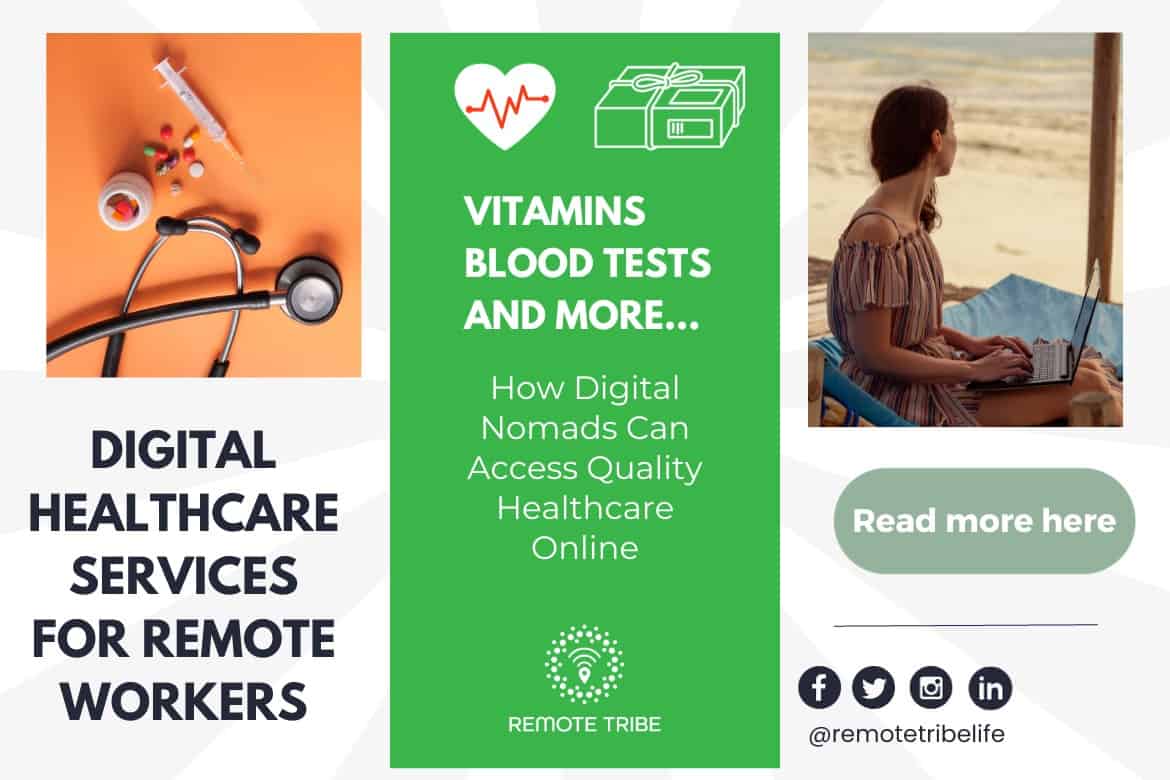Understanding the Cost-Effectiveness of Subscription-Based Medical Care Models
As the medical care landscape evolves, subscription-based designs arise as an engaging alternative, guaranteeing to redefine just how individuals handle clinical expenditures. Assessing these designs' cost-effectiveness demands a nuanced comparison with conventional insurance policy, considering both monetary implications and individual contentment. While they offer transparency and predictability in expenses, inquiries continue to be concerning their ability to meet diverse health care requirements, specifically for specialized therapies. The perspectives of healthcare providers even more complicate this equation, providing a multifaceted difficulty. What does the future hold for these designs, and can they absolutely supply on their assurance of accessible, cost effective treatment?
Overview of Subscription-Based Versions
Subscription-based medical care versions, occasionally described as direct health care or attendant medicine, are significantly getting interest as a potential remedy to inadequacies within standard healthcare systems. These versions run on the principle of offering clients straight accessibility to healthcare companies through a monthly or yearly charge, bypassing the need for typical insurance coverage mechanisms. This setup aims to improve patient-provider communications by minimizing administrative worries, which typically hinder tailored and timely treatment.
At the core of subscription-based models is the focus on a more individualized patient experience. People benefit from boosted access to their doctors, frequently consisting of same-day or next-day visits, expanded appointment times, and direct interaction networks such as phone or video phone calls. This version promotes a positive strategy to healthcare, where suppliers and patients can collaboratively concentrate on preventative treatment and persistent condition administration.

Price Contrast With Standard Insurance Policy

One of the primary economic advantages of subscription models is transparency in costs. Patients pay a foreseeable cost, which can streamline budgeting and economic preparation. In addition, these versions typically eliminate co-pays and deductibles for protected solutions, minimizing out-of-pocket costs. On the other hand, conventional insurance coverage may be more advantageous for people calling for specialized care or expensive treatments not covered under a registration version, as they benefit from the more comprehensive insurance coverage network and cost-sharing systems.
Nevertheless, cost-effectiveness is context-dependent. While registration designs could provide financial savings for those primarily needing health care, individuals with persistent conditions or specialized health care demands might discover traditional insurance coverage more thorough. Examining details healthcare demands and prospective use is crucial in identifying the most economical option for individuals.
Effect On Client Fulfillment
Person satisfaction within subscription-based healthcare designs commonly mirrors a substantial improvement over typical insurance coverage systems. This enhancement is largely credited to the customized care and availability these designs offer. Clients often report higher complete satisfaction because of decreased wait times and the ease of scheduling appointments. Unlike typical systems, where clients may experience delays in receiving care, subscription-based versions make certain even more direct and timely communications with doctor.
Furthermore, the openness in expenses associated with subscription-based medical care minimizes the common frustrations associated to unforeseen fees and intricate billing procedures seen in conventional insurance policy (subscription based healthcare). Individuals appreciate understanding the exact monetary dedication upfront, resulting in increased depend on navigate to this site and confidence in their health care monitoring
Furthermore, the focus on preventive treatment and health in subscription designs adds to improved health outcomes, further improving client contentment. By focusing on ongoing health care rather than episodic treatment, patients experience a more alternative and continual medical care journey.
Moreover, the enhanced provider-patient relationship promoted in these designs, identified by more time spent per client and individualized focus, plays an essential function in boosting person complete satisfaction levels, as individuals really feel truly looked after and recognized.
Service Provider Experiences and point of views
From the service provider's perspective, subscription-based health care designs use a transformative technique to supplying clinical solutions. These designs highlight a positive and preventative medical care technique, allowing companies to concentrate on detailed individual care without the restrictions of conventional fee-for-service arrangements (subscription based healthcare). This shift in focus usually leads to boosted client end results and enhanced provider complete satisfaction, as healthcare experts can designate even more time and resources to patient involvement and individualized care plans
Moreover, membership models facilitate foreseeable profits streams, which enhance financial security for health care companies. This predictability permits boosted resource preparation and allowance, contributing to Check This Out an extra effective healthcare distribution system. Suppliers can purchase team infrastructure, training, and innovation improvements, consequently enhancing the high quality of care used.
Nonetheless, the transition to subscription-based models is not without challenges. Despite these obstacles, lots of suppliers locate that the benefits of increased patient interaction and streamlined operations outweigh the initial challenges, making subscription-based models an attractive option.
Future Prospects and Challenges

A main challenge is regulative compliance, as subscription models have to stick to advancing health care plans and insurance coverage demands. This necessitates continual adaptation and innovation to guarantee placement with lawful requirements. Furthermore, integrating these designs right into existing health care infrastructures can be intricate, needing substantial financial investments in technology and training.
There is additionally the prospective risk of developing inequities in health care access, as registration designs could prefer those that can afford them, leaving at risk populations underserved. Resolving this calls for thoughtful factor to consider of pricing strategies and subsidy systems to ensure inclusivity.
Final Thought
Subscription-based healthcare versions present a feasible alternative to traditional insurance coverage by providing economic predictability and transparency, particularly profiting people with persistent conditions or regular healthcare advice requirements. The cost-effectiveness of these models rests upon specific health care usage patterns and conditions. While they might boost person complete satisfaction and enhance budgeting, difficulties continue to be in attending to specialized treatment demands. Future considerations include balancing comprehensive protection with affordability and integrating these designs within the wider healthcare system for optimum outcomes.
Subscription-based medical care designs, often referred to as direct primary care or attendant medicine, are progressively getting attention as a potential remedy to inadequacies within traditional healthcare systems. Unlike conventional systems, where clients may experience delays in obtaining care, subscription-based designs guarantee more straight and timely interactions with health care providers.
These models emphasize a preventative and proactive medical care method, permitting providers to concentrate on thorough person care without the restraints of traditional fee-for-service arrangements. As these designs continue to get grip, they supply the possible to transform patient access to care, streamline solution distribution, and maximize healthcare costs.Subscription-based health care versions provide a viable option to typical insurance policy by providing economic predictability and transparency, especially profiting individuals with persistent conditions or constant medical care requirements.